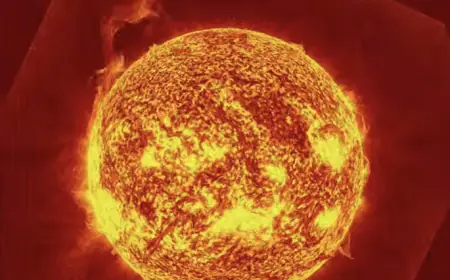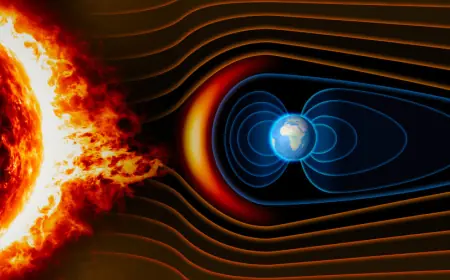Main risk factors for heart attack and stroke identified
Cardiologist Rogozhkina: Seven factors increase the risk of heart attack and stroke

Myocardial infarction and ischemic stroke rarely occur suddenly — they are usually preceded by a long period of “risk accumulation.” Cardiologist and researcher at the National Research Center for Therapy and Preventive Medicine of Russia’s Ministry of Health, and author of the portal “If You Have a Heart”, Elizaveta Rogozhkina, told Gazeta.Ru that there are seven major risk factors that can and should be kept under control.
“Often, patients see heart attacks and strokes as completely different diseases — one affects the heart, the other the brain. In reality, both are manifestations of the same underlying process — atherosclerosis. This is a chronic condition where arterial walls gradually thicken, lose elasticity, and lipid plaques form inside, narrowing the vessels, disrupting blood flow, and depriving tissues of oxygen. When the artery feeding the heart muscle is blocked, a myocardial infarction occurs; when a vessel supplying the brain is blocked, an ischemic stroke develops,” Rogozhkina explained.
She named the main controllable risk factors: chronic stress, lack of sleep, and excessive intake of saturated and trans fats, which raise levels of “bad” LDL cholesterol and accelerate the progression of atherosclerosis.
“Another key factor is arterial hypertension, which promotes plaque formation and thickening of arterial walls. High cholesterol leads to lipid deposits, narrowing of blood vessels, and reduced circulation. Smoking is also among the risks — nicotine causes vascular spasms, lowers blood oxygen levels, and accelerates atherosclerosis. Diabetes and insulin resistance are additional factors: impaired glucose metabolism damages blood vessel walls and speeds up vascular aging. Obesity and low physical activity further increase these risks,” the doctor concluded.



























